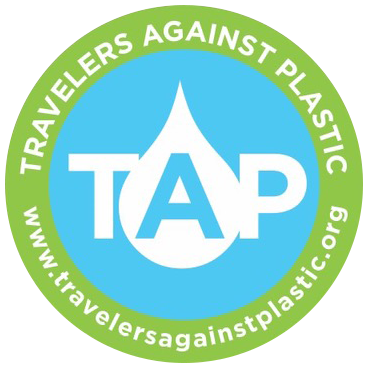Plastic Free Tips for Your Classroom
1. Allow students to refill water bottles. We know it’s hard to balance the desire to allow your students to use refillable water bottles and being interrupted mid lesson by students that are constantly asking for bathroom trips to head down the hall to fill up their water bottle. Designate times in the day, like first thing in the morning, after recess and after gym, for students to refill their bottles. Creating a routine will cut down on the number of times your lessons are interrupted and will hopefully make the whole process take less time the more they do it.
2. Gather broken crayons to remelt them. There’s no denying how many hundreds of crayons get broken throughout the school year. While most crayons don’t contain plastic themselves, they often come in packing that does. The traditional crayon box is made of cardboard but specialty containers for interesting colors or larger quantities are made of plastic. There are also crayon boxes that have built in sharpeners make of plastic. Cut back on the crayon waste in your classroom by remelting broken crayons. You can make it a classroom job to organize the broken pieces by color once a week or just make rainbow crayons. There are lots of great silicon or baking molds to choose from.
3. Dip dried out markers in water. Markers tend to dry out faster than you can keep up. Get a little extra life out of your markers by placing dried out markers in hot water or vinegar. Some markers can also be revived with rubbing alcohol or flipping the tips around.
Check out these tips on how to revive different types of markers.
4. Turn scarps into classroom décor. From laminate leftovers to the extra few inches of bulletin board boarders, there is plenty of scraps that build up. Rather than tossing them in the trash, collect them and cut them into shapes for fun classroom décor. With a little imagination, you can turn trash into treasure. Even the shiny inside lining of chip bags can get a second life as stars hanging from your classroom ceiling!
5. Buy communal supplies like glue and paint in bulk. Almost all school supply items from scissors to tape come encased in plastic packaging. Buying items in bulk can help cut down on this plastic. As a bonus, if you apportion items like glue and paint, you can prevent the students from dumping an entire bottle of glue onto their art.
6. Teach students about how they can help the environment. Kids are eager to help and often come up with solutions that adults overlook. Equipping your students with knowledge will help them become the environmental leaders of the future! Tell them how they can help the environment in small ways like using a reusable water bottle and big ways like organizing a park cleanup.


